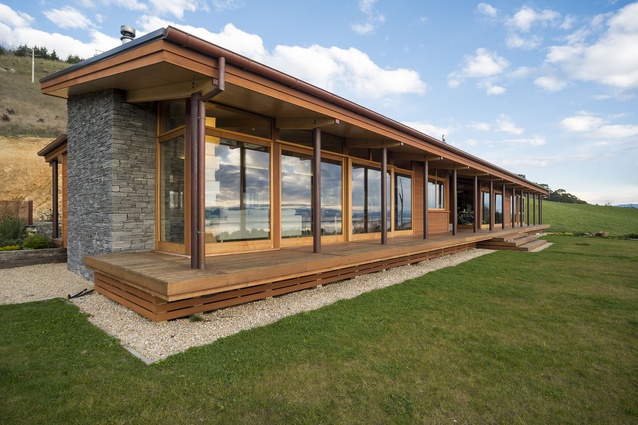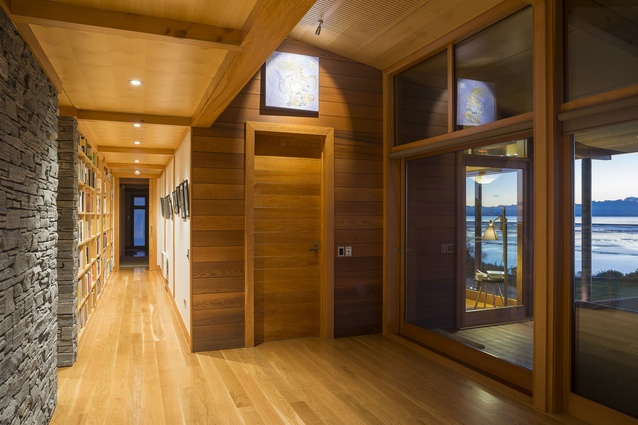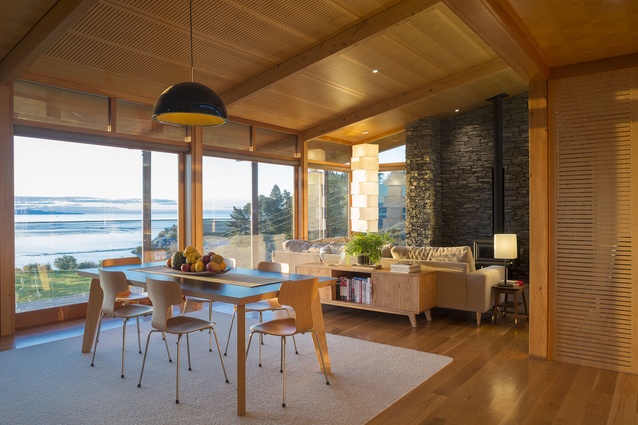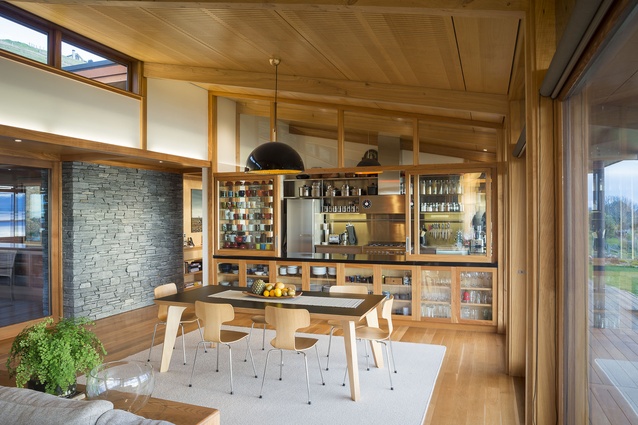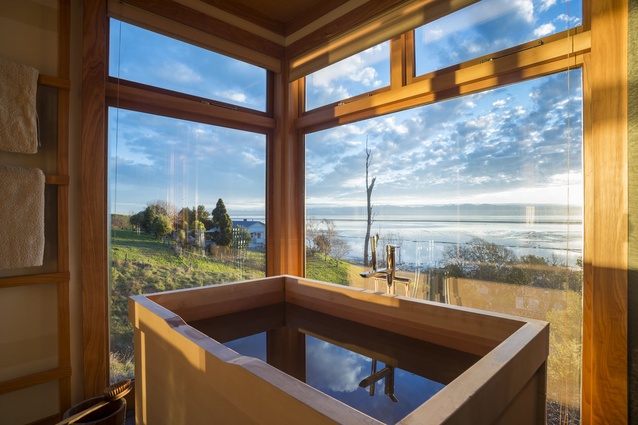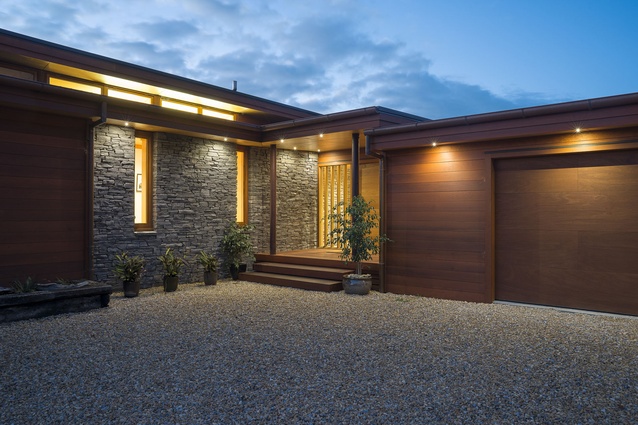Houses revisited: Kashiwa house
As we know, an architectural design is, amongst other things, a considered response to the client’s brief and specific site conditions, with the architect providing a healthy dose of reality to marry all elements harmoniously together.
For David Wallace of Arthouse Architecture, an archetypal Kiwi waterfront site provided the backdrop for what was to be anything but a typical Kiwi house.
“The clients — one of whom is Spanish and the other Thai — brought with them a very international perspective as well as a desire for an international aesthetic, especially an Asian framework.”

The sloping, north-west facing block is bordered on one side by a road and by Nelson Haven on the other. To mitigate road noise the site was partially excavated to allow the house to sit into the land.
“The site enjoys fantastic views to the west, however, on the eastern side, the road side, and immediately to the north, power lines disrupt the otherwise rural setting.
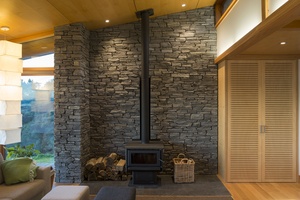
“On the northern wall, the decision was made to place a wood-burning fire within a solid stone surround, which serves to block the power lines, for the most part.
“A similar treatment has been used as a feature at the entrance and also at other junctions, or linking sections, throughout the house, which has been designed as a collection of three modules tied together by these stone elements,” says Wallace.
In between, a variety of timbers has been used to create a finely detailed finish evocative of the Asian influence the owners wanted to capture.
“Incorporating a number of timbers — in this case pine, ply, white oak, cedar, beech, macrocarpa, purpleheart and the Japanese oak from which the house takes its name — into a scheme can be dangerous, however, the solution here was to fit each species to a particular purpose, ensuring they all worked together.”
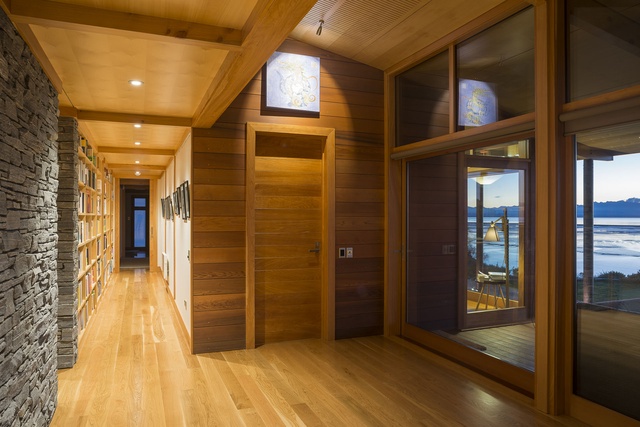
The result, it is safe to say, is somewhat different to the usual Kiwi aesthetic. Other differences to contemporary New Zealand architecture are more programmatic. The kitchen, for instance, rather than being a part of an open-plan living area is contained within its own space.
“It is common practice throughout Asia for higher-end residential kitchens to be separated into wet and dry areas, with the wet kitchen being where the preparation and cooking of food is done, completely separate to the dry kitchen and the living areas.

Similarly, a small TV room has been carved out of the living area and is partially contained behind a lightweight timber screen, giving the space a sense of enclosure.
In the middle of the house, between the living module and the master bedroom and study, lies a foyer-like space that transitions between the interior and a covered outdoor dining space.
Click here to see more Houses Revisited. And sign up to our email newsletters to receive Houses Revisited straight to your inbox.
Note: These are stories from our archives and, since the time of writing, some details may have changed including names, personnel of specific firms, registration status, etc.

